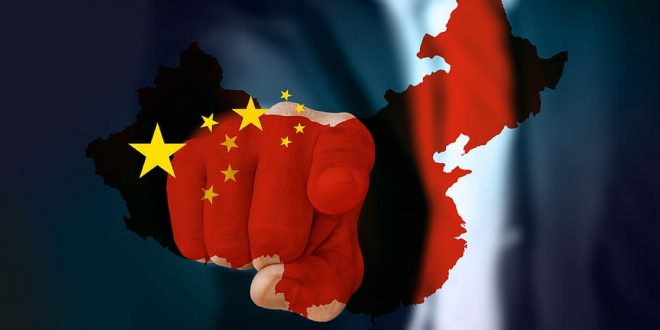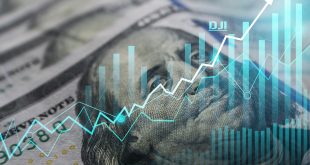Tensions between the world’s two largest economies deepened on Tuesday as the United States branded China’s retaliatory tariffs a “big mistake”, further inflaming an already volatile global trade landscape. Despite a slight rebound in financial markets following days of heavy losses, the broader outlook remained fraught with uncertainty as tit-for-tat tariff threats continued.
U.S. Blasts China’s Tariff Response
U.S. Treasury Secretary Scott Bessent, in a sharp rebuke during a CNBC interview, accused China of escalating tensions unnecessarily and defended the White House’s position.
“I think it was a big mistake, this Chinese escalation,” said Bessent, adding, “Everything is on the table,” when asked about potential further U.S. trade demands, including from the European Union.
Bessent emphasized that ongoing tariff negotiations with other countries were happening because “they’re knocking on our door,” not due to market panic.
China Vows to “Fight to the End”
In a strongly worded response, China’s Commerce Ministry described Washington’s latest threats as a “mistake on top of a mistake,” and accused the U.S. of blackmail tactics. Beijing pledged to “fight to the end,” signaling no intention of backing down.
President Donald Trump had earlier warned that if China did not lift its retaliatory tariffs, the U.S. would increase levies on Chinese imports to over 100%, intensifying fears of long-term economic damage.
Diverging Global Responses
China’s tough stance contrasts with more measured reactions from other Asian economies. The European Union, meanwhile, continues to deliberate over its response. While wary of Trump’s tariffs, the EU is also keen to avoid collateral damage to European consumers and exporters.
In a phone call with China’s Premier Li Qiang, European Commission President Ursula von der Leyen urged Beijing to pursue a negotiated solution, highlighting the importance of a fair trading system. Both sides also discussed the creation of a mechanism to monitor trade diversion, amid EU concerns that cheap Chinese exports could be redirected to Europe.
Corporate Fallout and Economic Concerns Mount
Chinese manufacturers — from tableware to flooring producers — are now scrambling to adapt, warning of profit erosion and beginning to explore relocating operations abroad. The ripple effect of Trump’s tariffs is being felt across supply chains, prompting analysts to cut growth forecasts.
Citi revised its 2025 China GDP forecast down to 4.2% from 4.7%, citing mounting external risks stemming from the trade war.
China’s Foreign Ministry also pushed back against remarks made by U.S. Vice President JD Vance, who had criticized America’s economic model in a Fox News interview, claiming:
“We borrow money from Chinese peasants to buy the things those Chinese peasants manufacture.”
Beijing called the comments “ignorant and impolite.”
U.S. Reputation Under Fire
Amid the escalating tensions, the head of Euronext (EPA:ENX), the pan-European stock exchange operator, issued a stark warning, stating the United States is beginning to resemble an emerging market, as investor confidence in U.S. policy stability deteriorates.
As the economic standoff continues, markets and governments worldwide are left grappling with the implications of a prolonged, unpredictable trade war between the two dominant global powers.
 Noor Trends News, Technical Analysis, Educational Tools and Recommendations
Noor Trends News, Technical Analysis, Educational Tools and Recommendations





